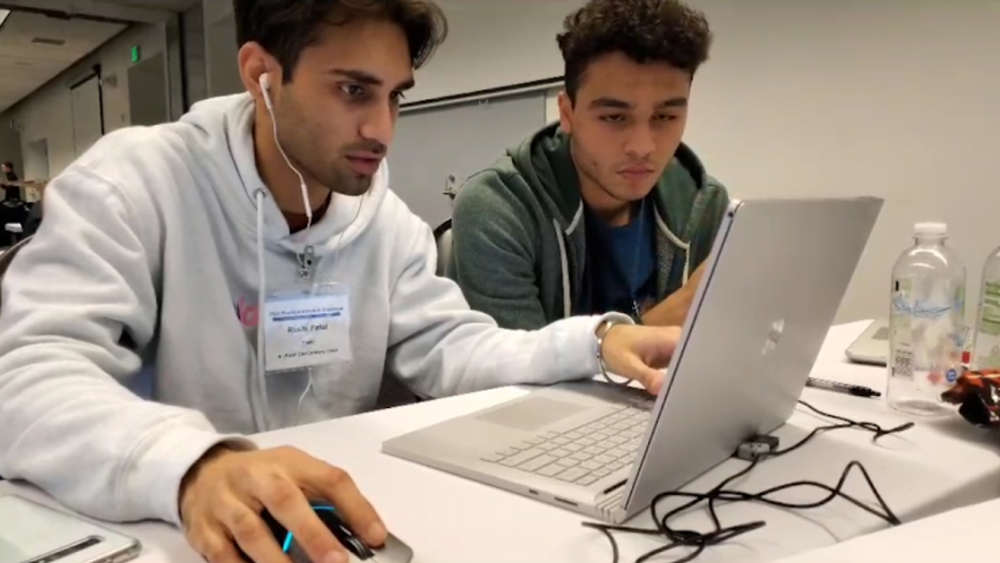
The world may be connected by oceans, but its people are connected by the airline industry.
With his eyes on the sky, Rushi Patel, then a sophomore in the Department of Ocean Engineering at Texas A&M University, signed up to compete with fellow engineering students from across the nation in the Boeing Innovation Challenge. Their ultimate goal: to design solutions to real-world problems faced by the commercial airline industry through ingenuity and creativity.
Introduced to ocean engineering by Department Head Dr. Sharath Girimaji, and interested in pursuing a position within the naval architecture field, for Patel both the sky and the sea have always held a certain intrigue.
“I really enjoy working with the architectural part of mechanics, sort of like a civil engineer,” said Patel. “So, a previous interest in aerospace led me to see an opportunity to possibly work with structures in the Boeing Innovation Challenge. Plus, I’m pretty good at Solidworks (a computer program) and that was heavily needed, so it was a good way to implement my skill.”
In the first round of the challenge, Patel worked with fellow Texas A&M student and mechanical engineering sophomore Rami Ayari.

However, advancing to the final round of the competition brought with it another challenge: getting reassigned to a new team comprised of students from other universities that had never met before. Grouped based on their interest in ideas submitted from the first round, the student teams put their minds together in a hackathon-style event in Mukiteo, Washington.
“It was a really great experience,” said Patel. “We worked with two other students from Case Western University and they had a lot to offer in their own right. We were able to work together as a team extremely well. For instance, while I took care of all the 3D modeling, they created models by coding in Python. So, we combined our strengths to maximize our team's potential.”
Patel and his teammates focused their efforts on designing a delivery track for commercial flight food carts that hang from the ceiling, rather than having to be pushed by airline stewards. Throughout the entire event, the team interacted with Boeing experts including a mechanical engineer in their innovation center.
At the end of the event, they presented their ideas to a panel of Boeing judges.
“I think the main lesson that I have learned is to keep it simple,” said Patel. “There were some areas in our idea where we went too in-depth and that kind of ruined our presentation when it came to clarity and conciseness.”
In addition to gaining vital industry, interdisciplinary and communication experience through the competition, Patel also was able to network with industry leaders and get an inside look into the company through a tour of Boeing’s innovation center and labs.
Returning to his studies of the sea with an aerospace competition under his belt, the advice Patel would offer his fellow students resonated for both national competitions like the Boeing Innovation Challenge, as well as local events like Aggies Invent.
“Always make sure to interact with the experts, that way, you can grow your connections and give yourself a better chance of landing an internship,” said Patel. “Also, don’t be afraid to think outside the box. Judges like ideas that are creative.”